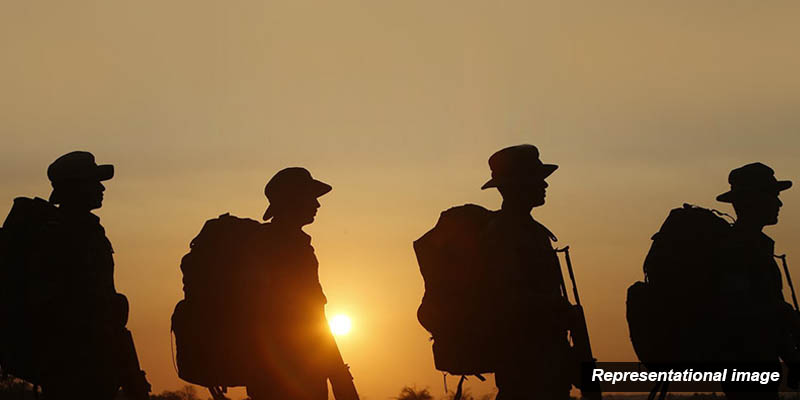- India
- Dec 05
Naxal affected regions constricted to 38 districts, MHA tells Rajya Sabha
• There are 38 districts in nine states affected by Left Wing Extremism (LWE) in the country, Minister of State for Home Affairs Nityanand Rai said in a written reply in the Rajya Sabha on December 4.
• During the last five years, 60 districts have been freed from Left-Wing Extremism, the minister added.
Naxalite movement
• In 1967, a peasant uprising took place in the Naxalbari police station area of Darjeeling hills district in West Bengal. Beginning from the Naxalbari police station, the peasant movement spread to several states of India and came to be referred broadly as the Naxalite movement.
• The supporters of the Naxalite movement advocated the use of violent means to achieve their political goals.
• According to the Ministry of Home Affairs (MHA), the Communist Party of India (Maoist), is the major Left Wing Extremist (LWE) outfit responsible for a majority of incidents of violence and killing of civilians and security forces. The Peoples’ Liberation Guerrilla Army (PLGA), the armed wing of CPI (Maoist), resorts to guerrilla warfare.
• Over the years, governments have taken stern measures in dealing with the Naxalite movement.
• Human rights activists have criticised the governments for violating constitutional norms in dealing with the Naxalites.
Govt’s action plan to curb LWE
• As per Seventh Schedule of the Constitution of India, subjects of ‘Police’ and ‘Public Order’ are with the state governments. The government of India has been supplementing the efforts of states affected by Left Wing Extremism.
• The government of India has adopted an integrated approach to deal with the LWE by addressing the areas of security, development and promoting good governance simultaneously.
• To achieve this, a National Policy and Action Plan has been put in place since 2015 that adopts a multi-pronged strategy in the areas of security, development, ensuring rights and entitlements of local communities.
• Between 2019-20 and 2023-24 Rs 4,350.78 crore have been released for capacity building of the LWE affected states under the Special Infrastructure Scheme (SIS), Security Related Expenditure (SRE) and Special Central Assistance (SCA) schemes.
• Further, Rs 560.22 crore have been given to central agencies for helicopters and addressing critical infrastructure in security camps in LWE affected areas, under the Assistance to Central Agencies for LWE Management (ACALWEM) Scheme.
On development front, several initiatives have been taken which include:
• For expansion of road network, 14,529 km of roads have been constructed so far in LWE affected areas.
• To improve telecom connectivity, 6,524 towers have been commissioned.
• For financial inclusion of the local population in the LWE affected districts, 5,731 Post Offices have been opened. Further, 1,007 bank branches and 937 ATMs have been opened in 30 most LWE-affected districts.
• For skill development 46 ITIs and 49 Skill Development Centers (SDCs) have been made functional in LWE affected districts.
• For quality education in tribals in LWE affected districts 178 Eklavya Model Residential Schools (EMRSs) have been functional in LWE affected districts.
• Under Civic Action Programme, Central Armed Police Forces (CRPF, BSF, SSB and ITBP) deployed in LWE affected areas undertake various civic activities for welfare of the local people and to wean away the youth from the influence of the Maoists.
• Tribal Youth Exchange Programs (TYEPs) are being organised through Nehru Yuva Kendra Sangathan (NYKS) for outreaching tribal youth of LWE affected districts.
Improvement in LWE scenario
• The LWE scenario has improved significantly both in terms of reduced violence and constriction of geographical spread.
• The number of LWE related violent incidents have come down by 73 per cent in 2023 compared to that of 2010.
• The number of resultant deaths (security forces + civilians) have also reduced to 138 in 2023 from 1,005 in 2010, a reduction of 86 per cent.
• Due to the improved LWE scenario, the number of LWE affected districts have reduced from 126 to 90 in April 2018, to 70 in July 2021 and further to 38 districts in April 2024.
Manorama Yearbook app is now available on Google Play Store and iOS App Store

